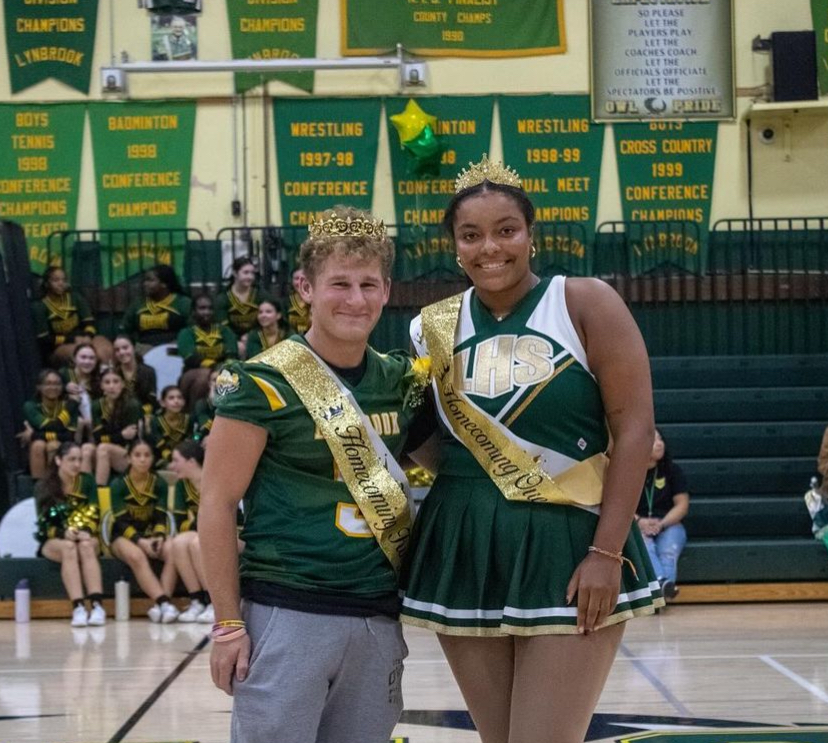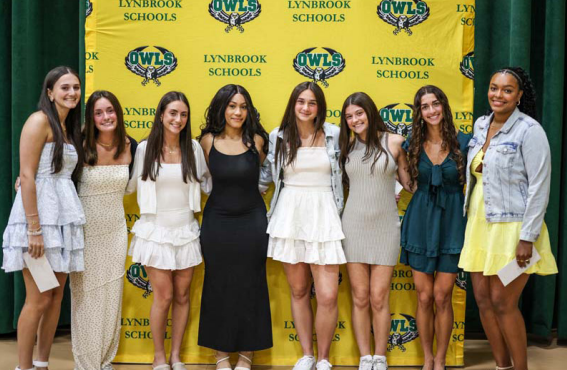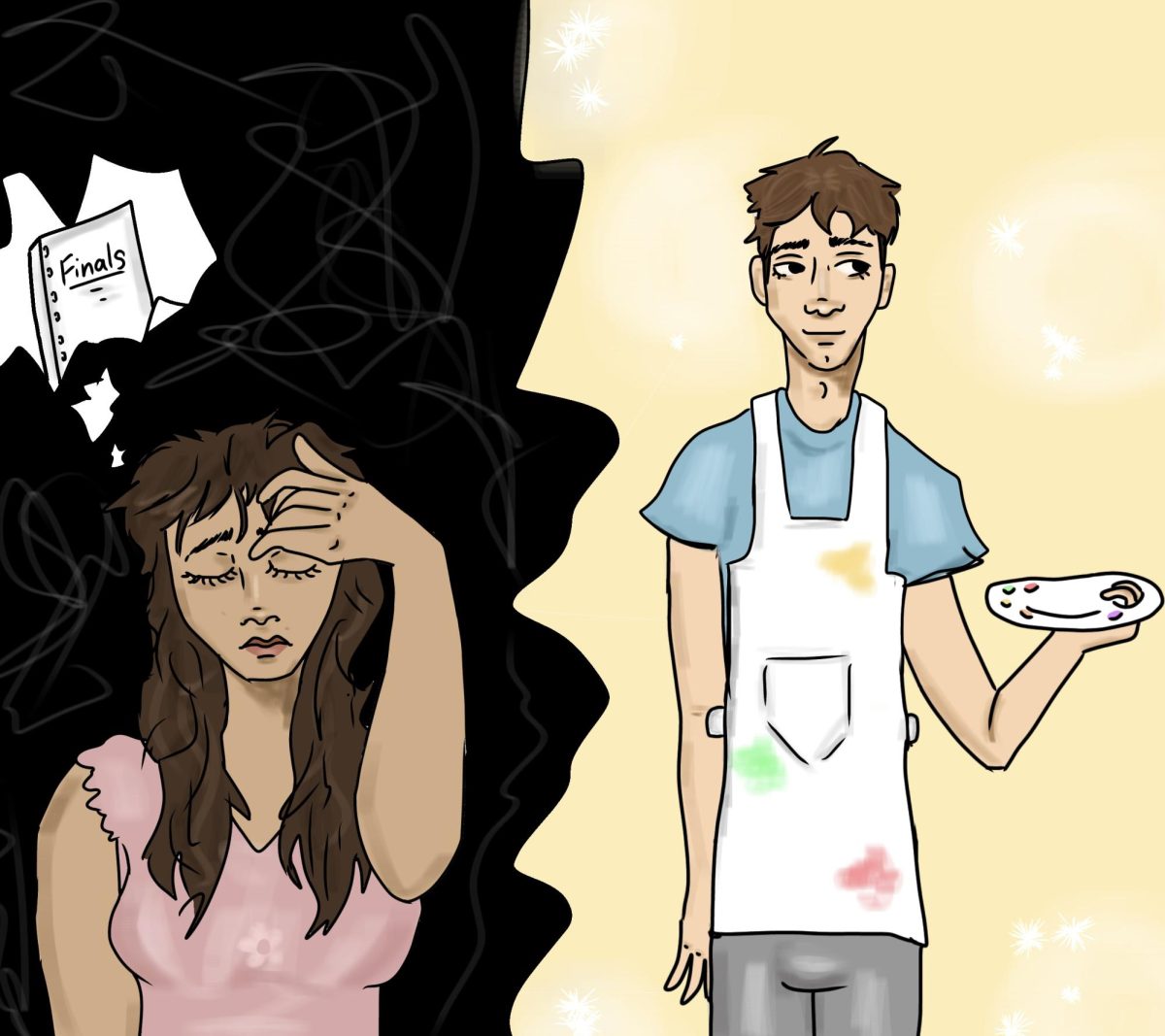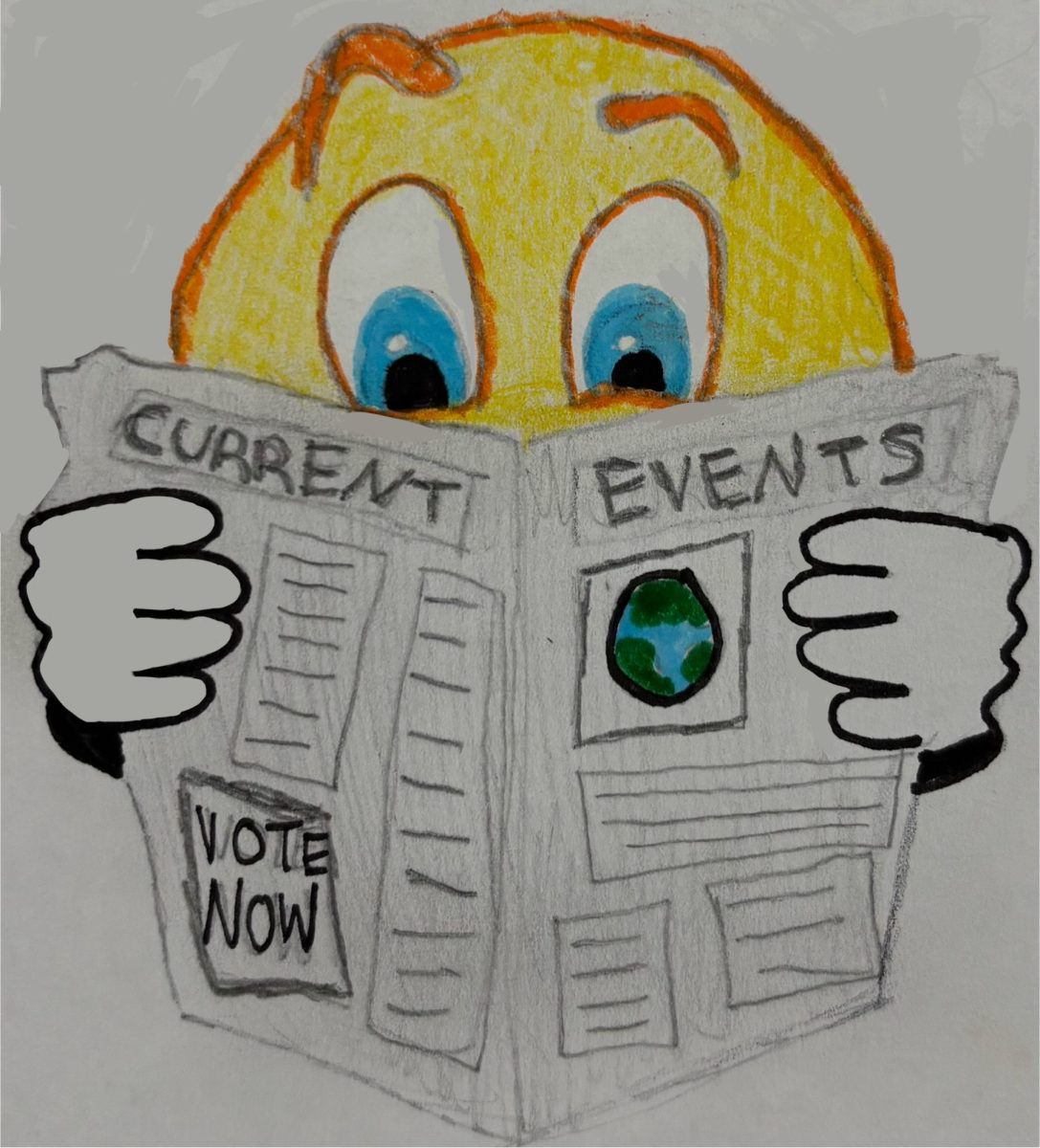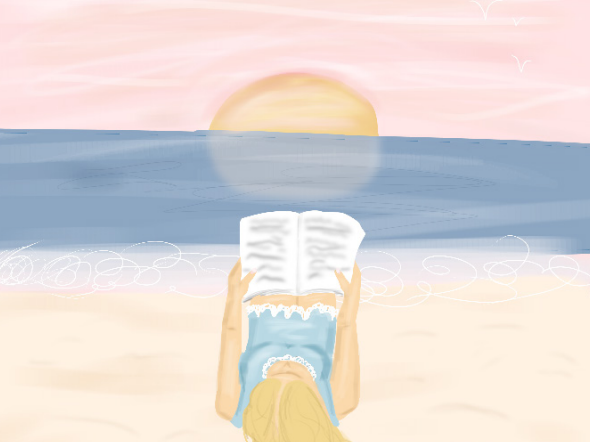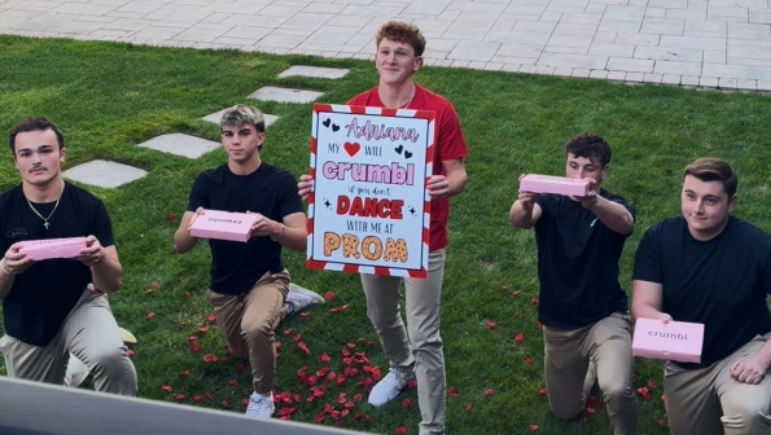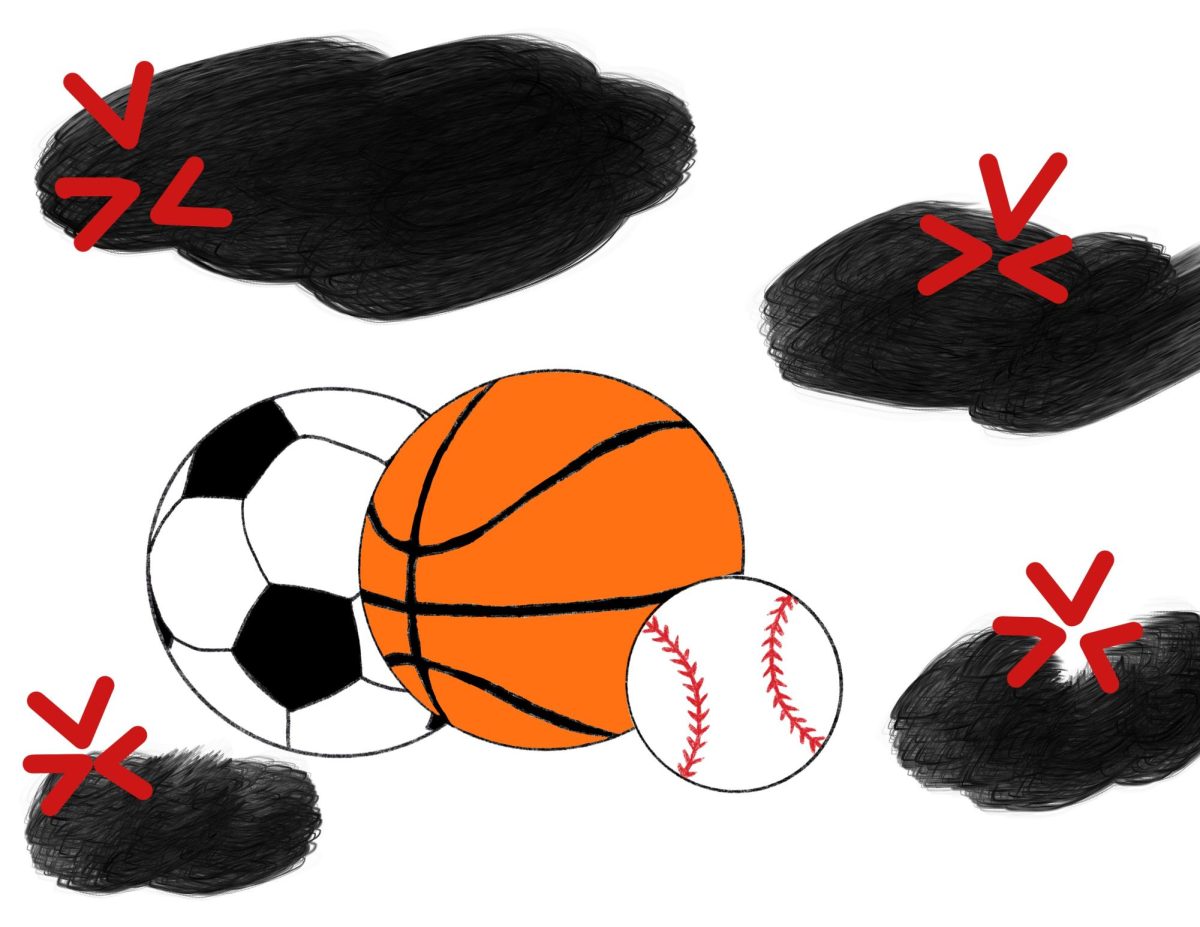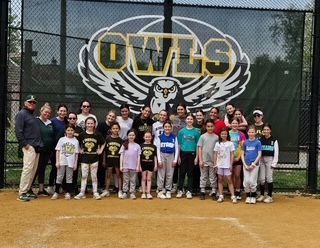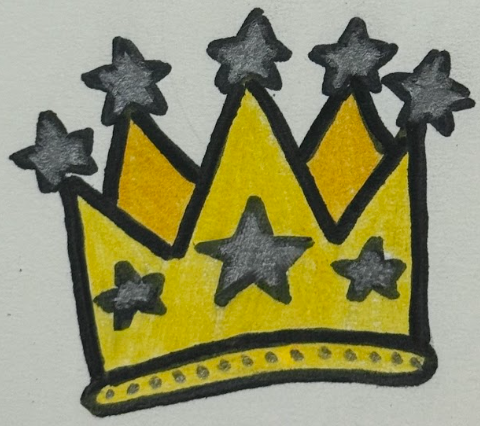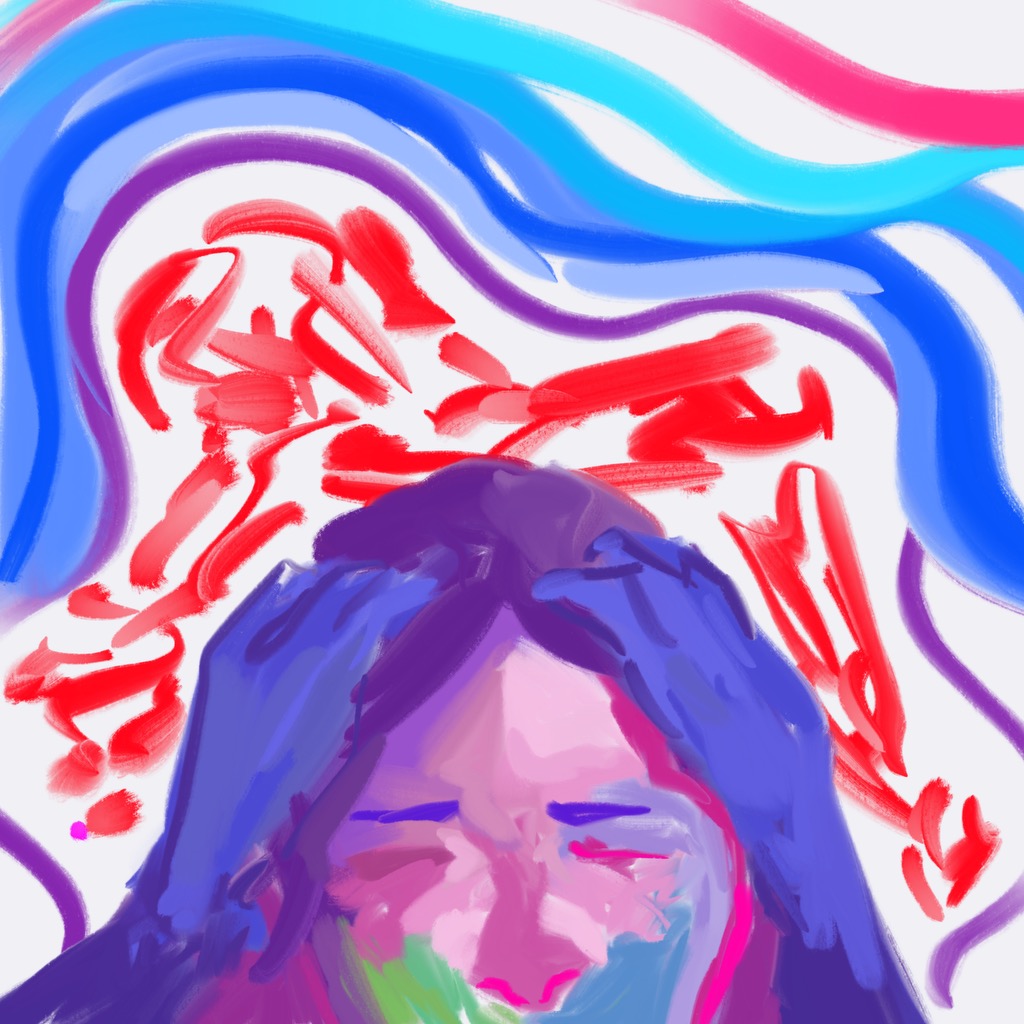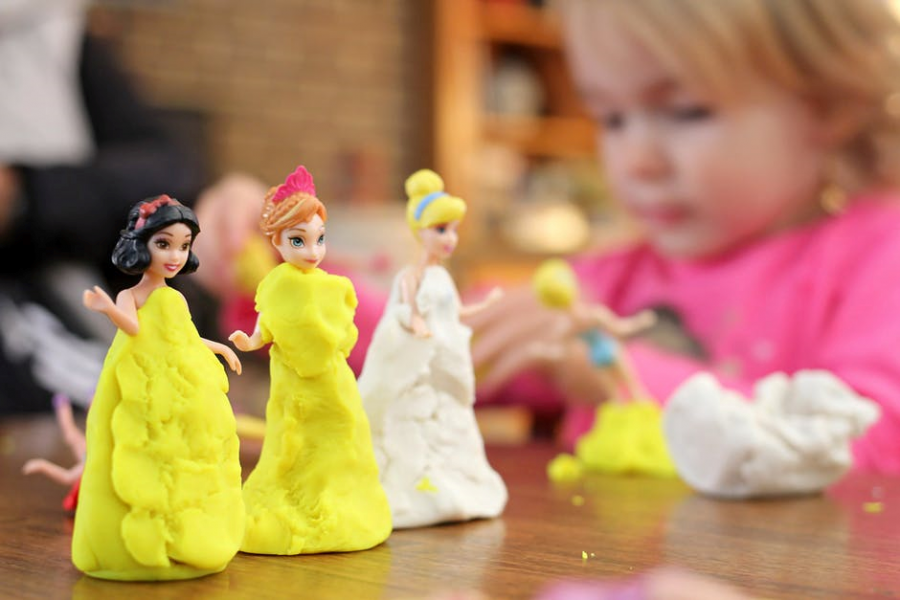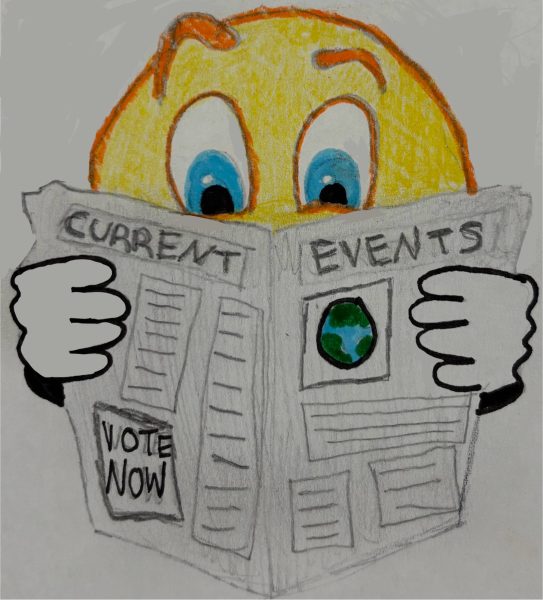Are Disney Princesses Negatively Affecting Today’s Youth?
The first-ever Disney movie, Snow White and the Seven Dwarfs, was released in 1938. As many people know, the classic movie featured Snow White and her interactions with the evil queen. What viewers may not have known is that the main character, Snow White, was only 14 years old. If viewers compare her age to that of the prince, their kiss can be considered as an illegal act, as the prince’s age is around 17-18. Since the characters kissed in the movie, it would be considered an act of molestation in certain states. Although this may seem a surprise to many fans, it is common that the age gaps between princesses and their princes are significant in Disney movies. Early Disney princess movies negatively affected the youth’s views on women, showing women as desperate and less independent. However, Disney has more recently reevaluated its princesses, now depicting a more modern portrayal of women.
Throughout their childhood, children are easily persuaded by advertisements and programs on televisions and in movies. Some parents have become more involved in what their children watch, but what some parents may not realize is the way that some Disney movies portray young girls. Most princesses are underage, with only a few being 18 or older. Joe Dolce, a freshman, said, “I knew about the age range. Most stereotypical relationships involve the man being older because it’s supposed to show them as a protective figure for the princess. I find it to be fine unless the prince is pushing the princess to do something she doesn’t want to do.”
In early Disney movies, princesses were characterized as amicable and fragile. The plots of the movies usually revolved around the princess waiting to be saved by a prince. They would ultimately fall for one another and elope. Sarah Hagenmiller, school aid, stated, “Old Disney movies show young girls as vulnerable and always needing to be saved by someone else.” But, in retrospect, what message were these seemingly innocent movies really sending to young girls?
These fairy tales have insinuated that young girls should wait for a man to “save” them. They have shown that girls should run off with their “soulmates,” even if they have only known that person for a few days. These fairy tales show an unrealistic view of what falling in love is like. Early Disney movies did not illustrate women as independent and had no feminist characters; they also showed gender bias. They have shown that all girls wear dresses, act “ladylike,” and are supposed to stick to the rules of society, or else negative effects will follow, such as in Sleeping Beauty. After Sleeping Beauty pricks her finger on the spinning wheel even though she was told not to touch it, she is cast into a deep sleep, with only “true love’s kiss” breaking the spell. Some fans may argue that these movies were meant for entertainment purposes and are not to be taken literally. However, some young girls may grow up thinking that they have to marry a prince, or that there is a prince waiting for them. The older movies showed that going against society’s norm of being a “lady” would not be tolerated.
The 1989 classic, The Little Mermaid, has become well known. During the rising action, viewers can see that Ariel’s parents are overprotective and they do not have the best relationship. Ariel falls in love with a man that she sees on a boat when swimming around. She then gets into an argument with her dad about interacting with humans. Ariel is so upset that she visits the sea witch, Ursula, who gives Ariel legs in exchange for her voice. Ariel decides to leave her life and family behind, all for a boy that she only saw once. Ariel is convinced that she is doing the right thing. The Little Mermaid portrays an unrealistic view of love and sacrifice.
Recently, Disney has taken a new approach to princess movies, portraying female characters as independent and hardworking. Vincent Lentini, art teacher and department chairperson, who also has a young daughter, commented, “They are trying to show that girls should feel empowered.” In addition, Disney has added feministic attributes. One of the latest movies, Frozen, took an unexpected twist. In Frozen, Anna took her last breath while being turned into ice from trying to save Elsa, her sister. In order to defrost her sister, an act of “true love” is needed to break the spell. Elsa notices what happened and, horrified, she hugs and cries on Anna’s frozen body. This was their first embrace in years, leading to Anna’s defrost. This shows that not all acts of “true love” have to be by a prince; Disney showed love between family members. Generally, Disney endings show that spells are broken by a “true love’s kiss”, and even though the prince usually only knows the princess for a few days, they are considered in “love.” Frozen portrayed a new version of how Disney defines “love” and depicted that women are independent and do not need to rely on men.
In addition to Frozen, the Princess and the Frog characterized the main character, Tiana, as hardworking and ambitious. Disney showed that Tiana had a dream of opening a restaurant. During the resolution of the movie, she completed her dream and opened her own restaurant. This showed women and Disney princesses as independent. It inspired young girls to follow their dreams and showed that they can be whatever they want.
One of the more recent Disney movies, Moana, showed the main character, Moana, as independent. In order to save her island from darkness, Moana had to go on a treacherous journey to return the heart of Te Fiti, an island goddess. On her journey, she encounters a demigod, Maui, who agrees to help her only after finding his hook, which was gifted to him by the gods. During the resolution, Maui’s hook is damaged, and he leaves Moana. Moana insists on returning the heart of Te Fiti without Maui’s help. Moana ends up returning the heart and saving her island. Disney showed that women are independent and do not require a man’s help to accomplish their goals.
Early Disney princess movies have shown less independent sides of women. They portrayed women as attention seeking and always needing a man. Disney has reevaluated its princesses and incorporated feministic traits. Young girls have benefited greatly from Disney’s restyle. Young girls can now see a more independent, outgoing, and feministic view of women.
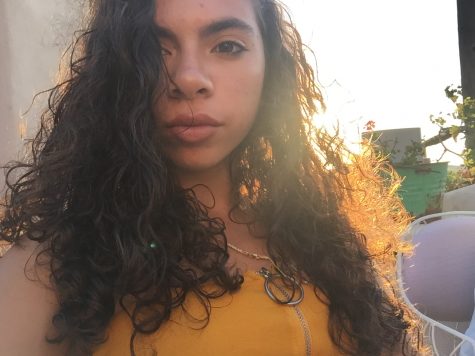
I am a member of the Class of 2022 at LHS. I love to draw and paint. I look forward to contributing and writing articles for Horizon.

